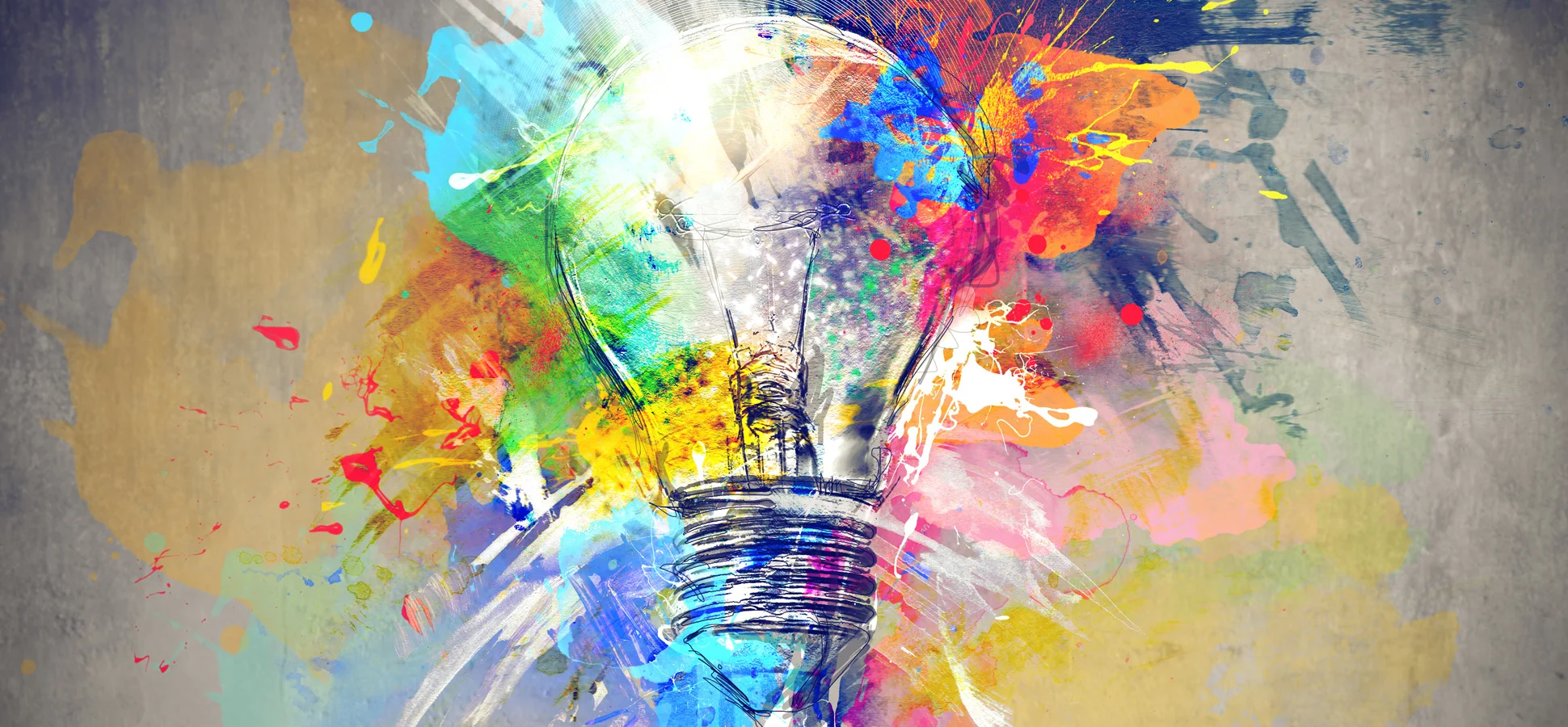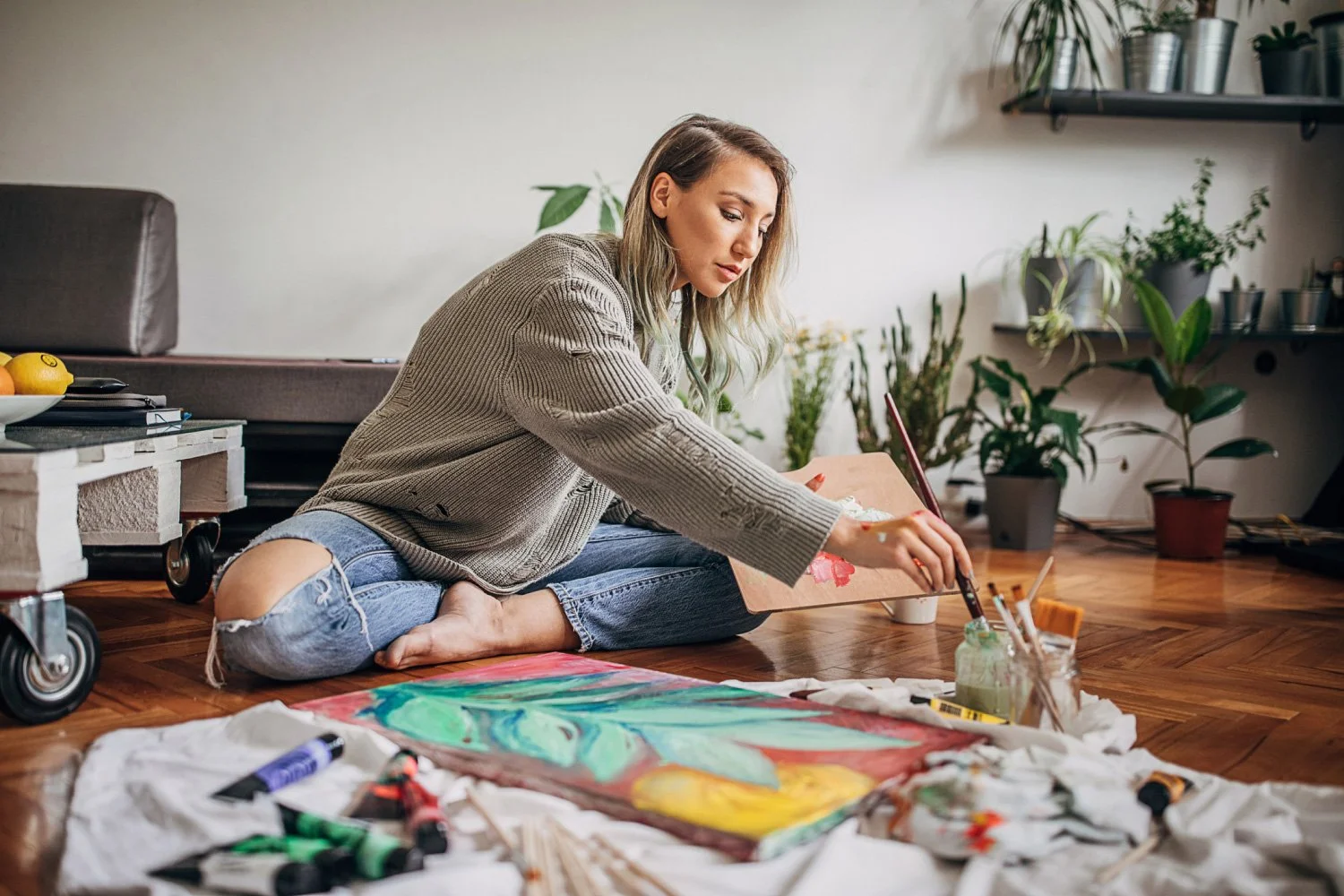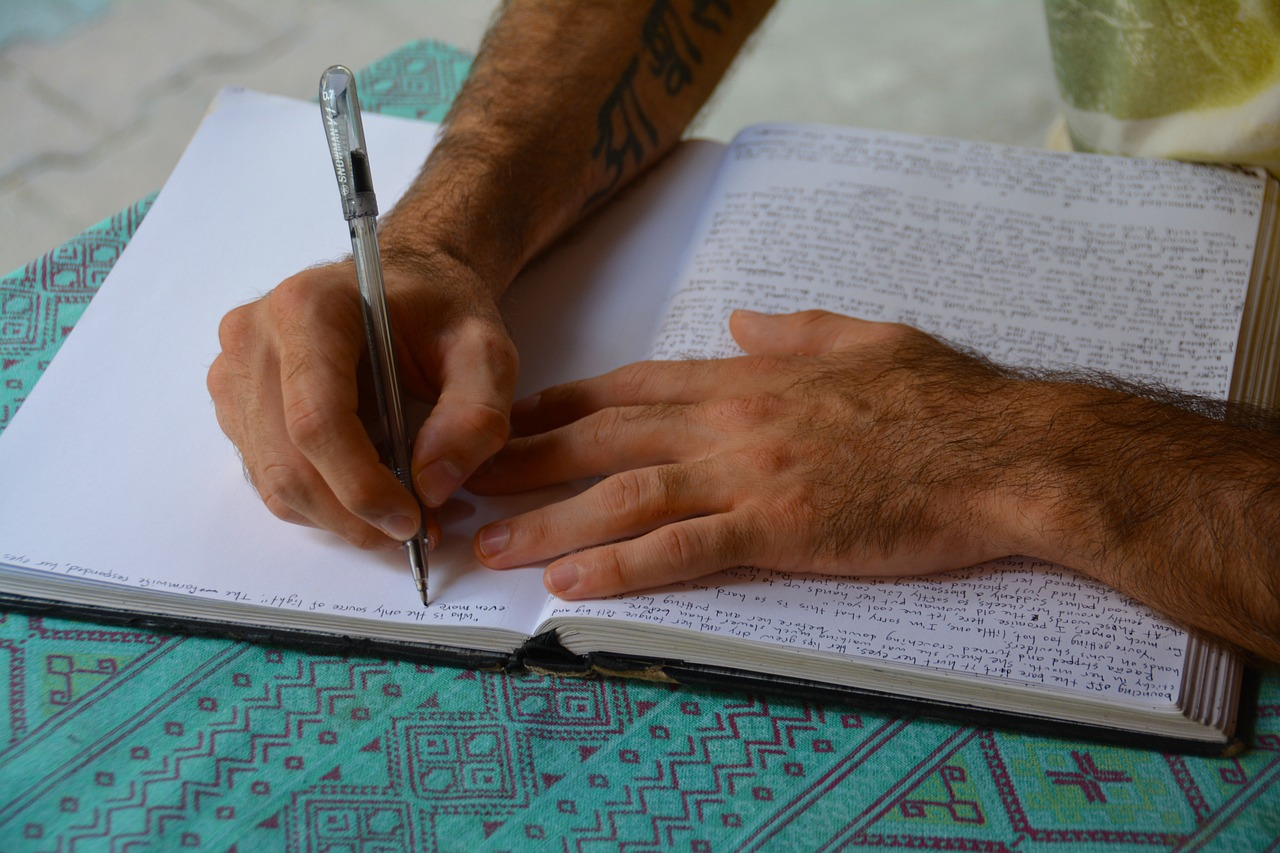Working with clay isn’t just for artists—it’s a deeply grounding form of mindfulness and emotional expression. The tactile experience of sculpting allows individuals to connect with their senses, stay present in the moment, and explore feelings without words. Therapists increasingly recommend clay work in mindfulness and art therapy sessions for its unique ability to release tension, reduce anxiety, and reconnect individuals with their inner selves through physical creativity.
Experienced art therapists point out that clay encourages nonverbal communication, making it especially effective for those who struggle to express emotions verbally. The rhythmic movements of kneading, shaping, and molding engage both the body and brain, activating neural pathways that foster relaxation and focus. Unlike painting or drawing, sculpting offers three-dimensional feedback, allowing people to literally shape their emotional experiences into tangible forms.
Sculpting doesn’t require perfection—just presence. Whether forming abstract shapes or simple bowls, the process becomes a form of meditation, inviting patience and self-compassion. For those on a healing journey, incorporating clay into mindfulness practice offers not only creative expression but a calming ritual to process emotions and reduce stress in a hands-on, heartfelt way.





